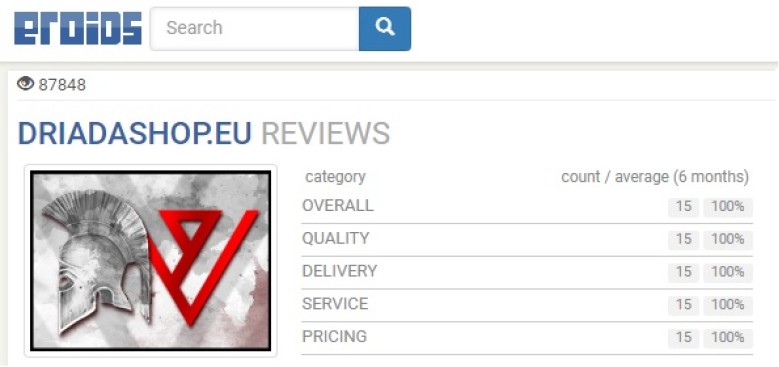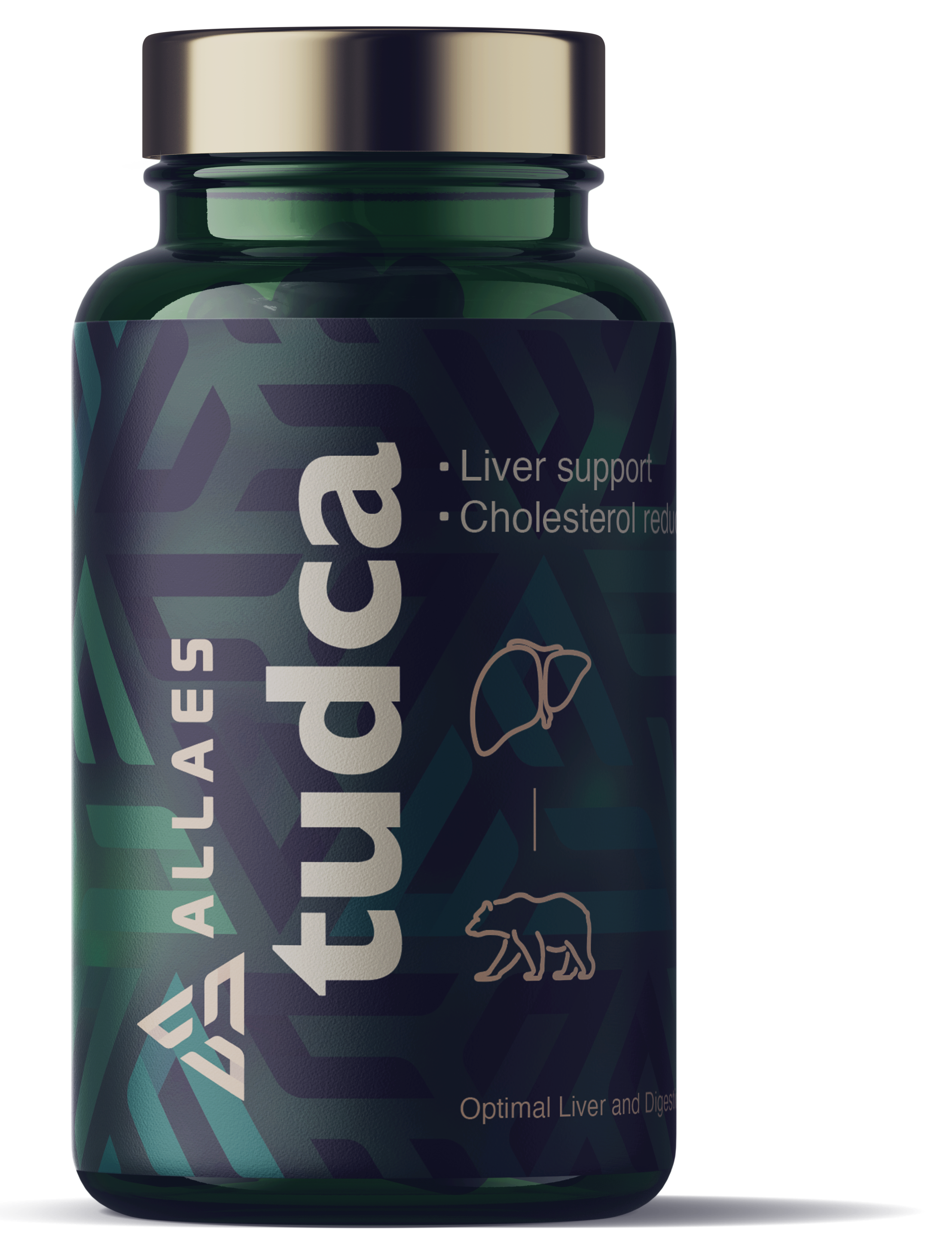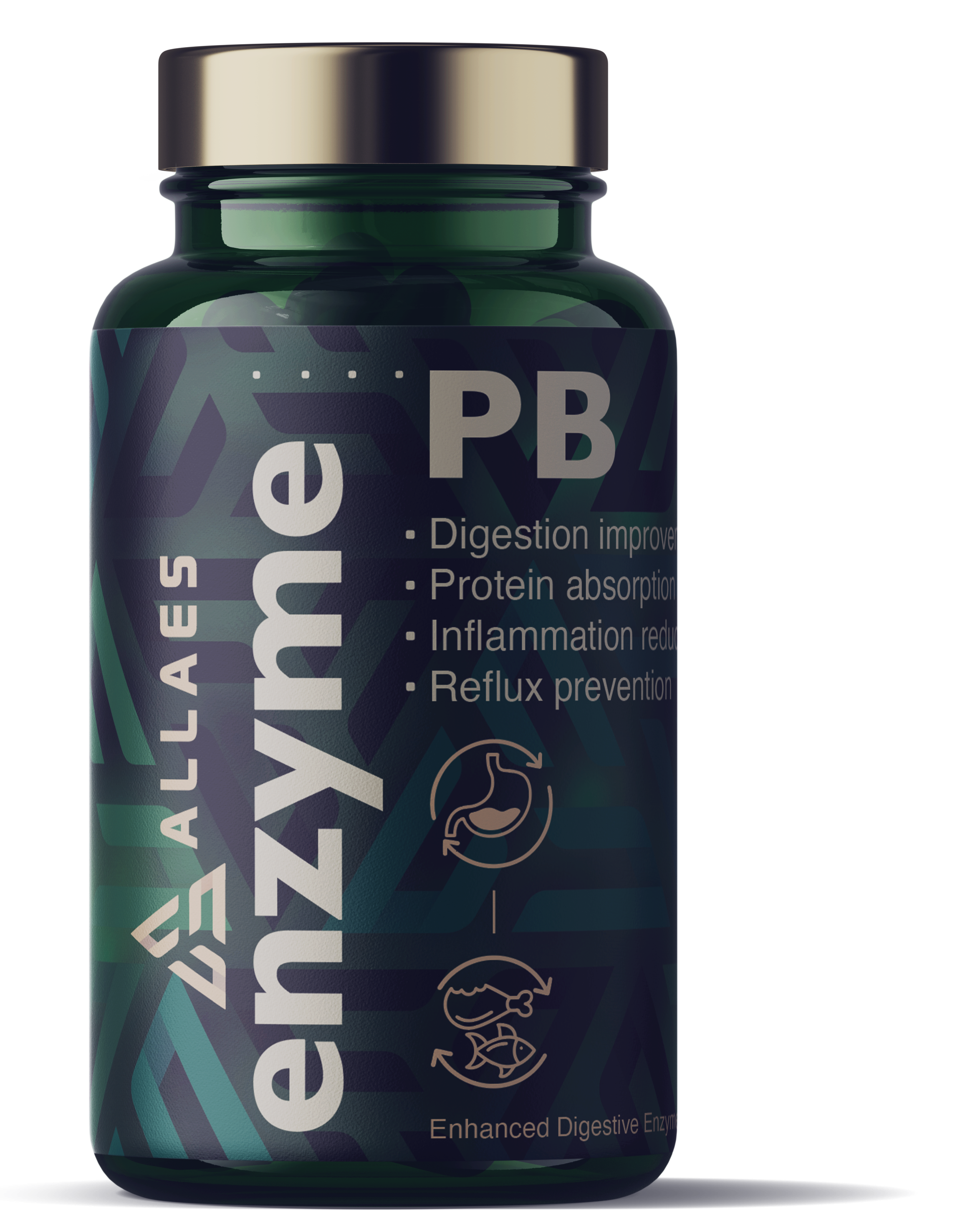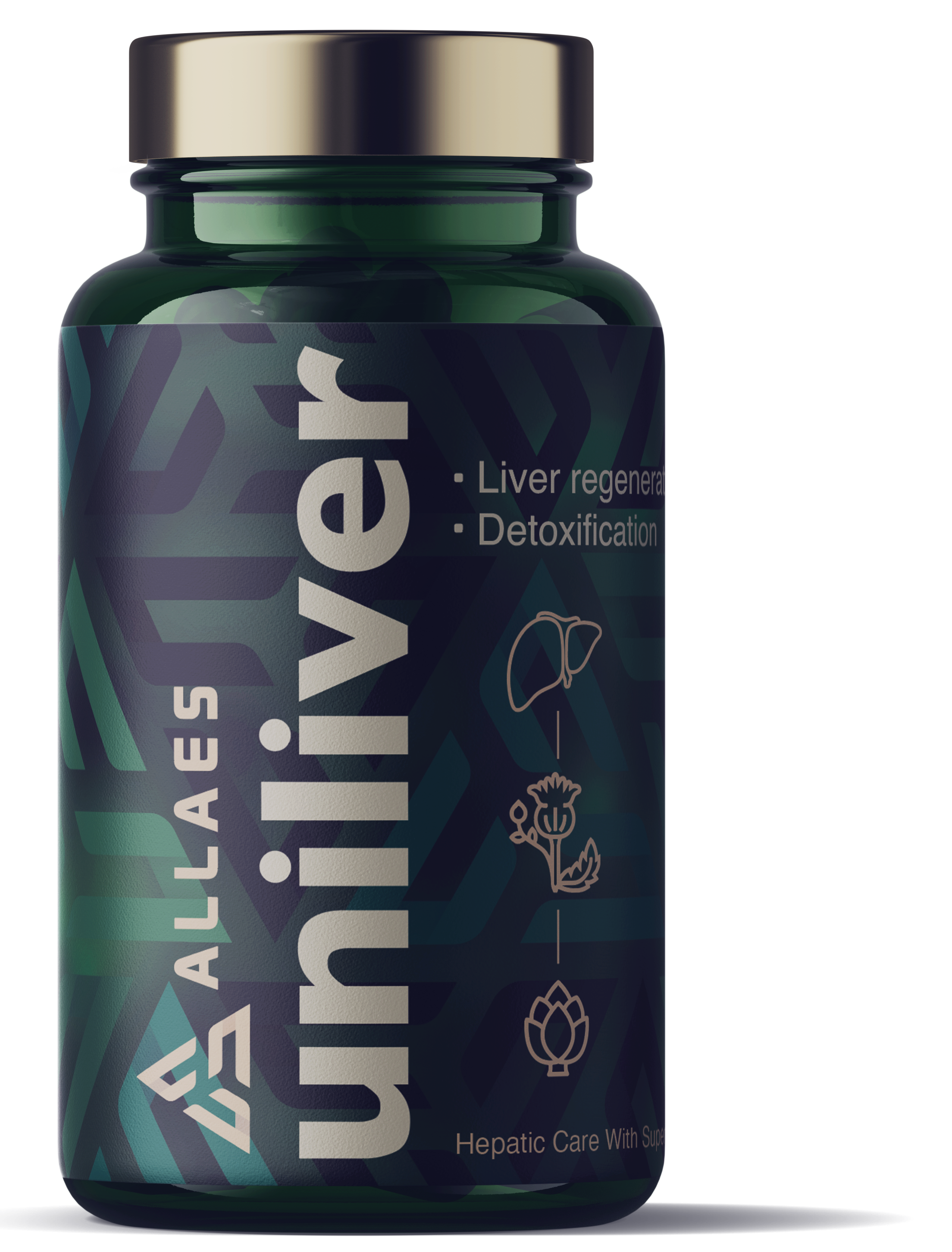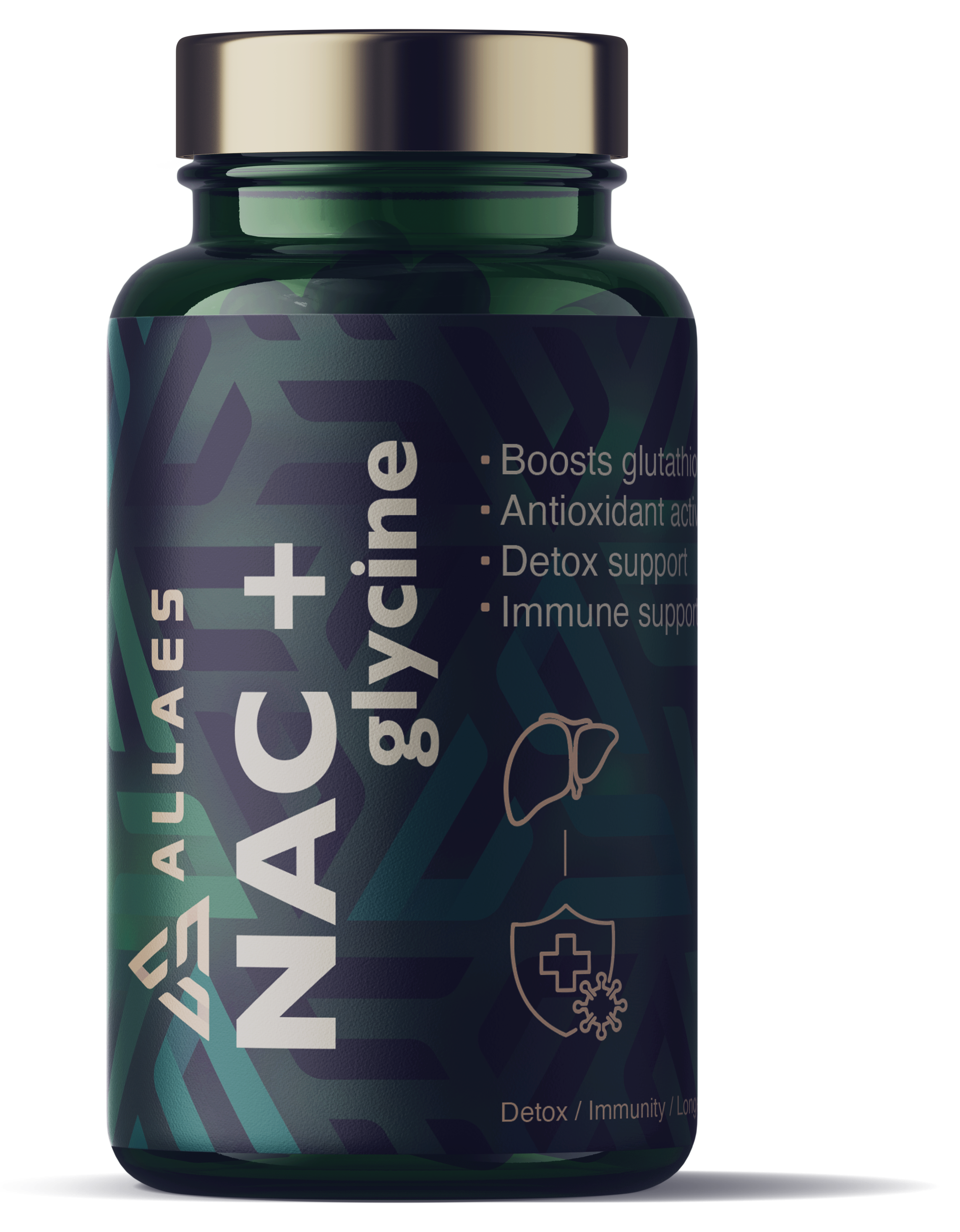Read the article and buy bundles with a 10% discount that will help improve your cycle
Optimize Digestion for Maximum Growth
Digestive problems impair nutrient absorption, leading to deficiencies in essential vitamins, minerals, and proteins, which weakens the immune system, reduces energy, and slows recovery.
Cortisol Control: Optimize Sleep, Restore Your CNS
Sleep disturbances elevate cortisol, triggering muscle breakdown, chronic fatigue, increased inflammation, and impaired recovery.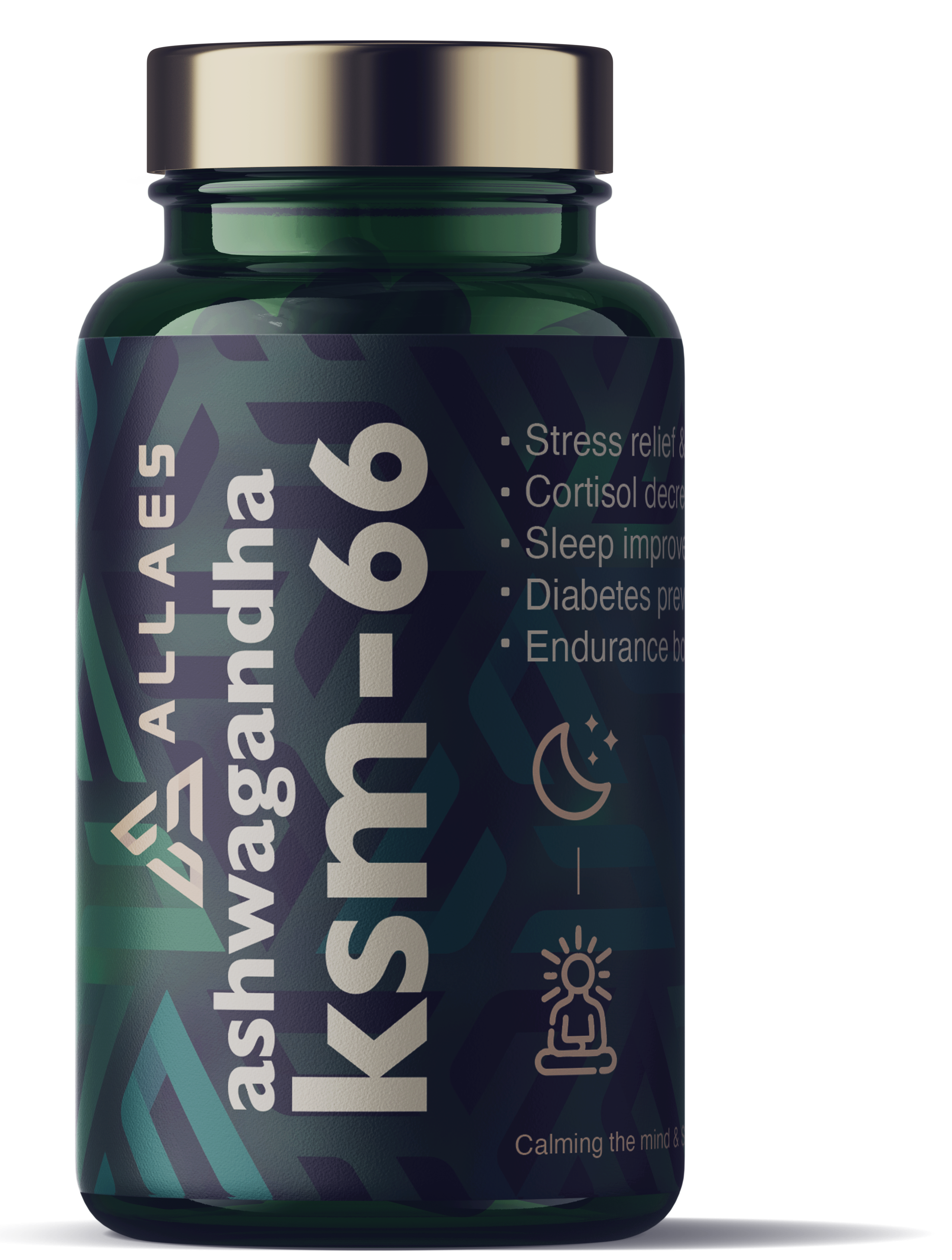
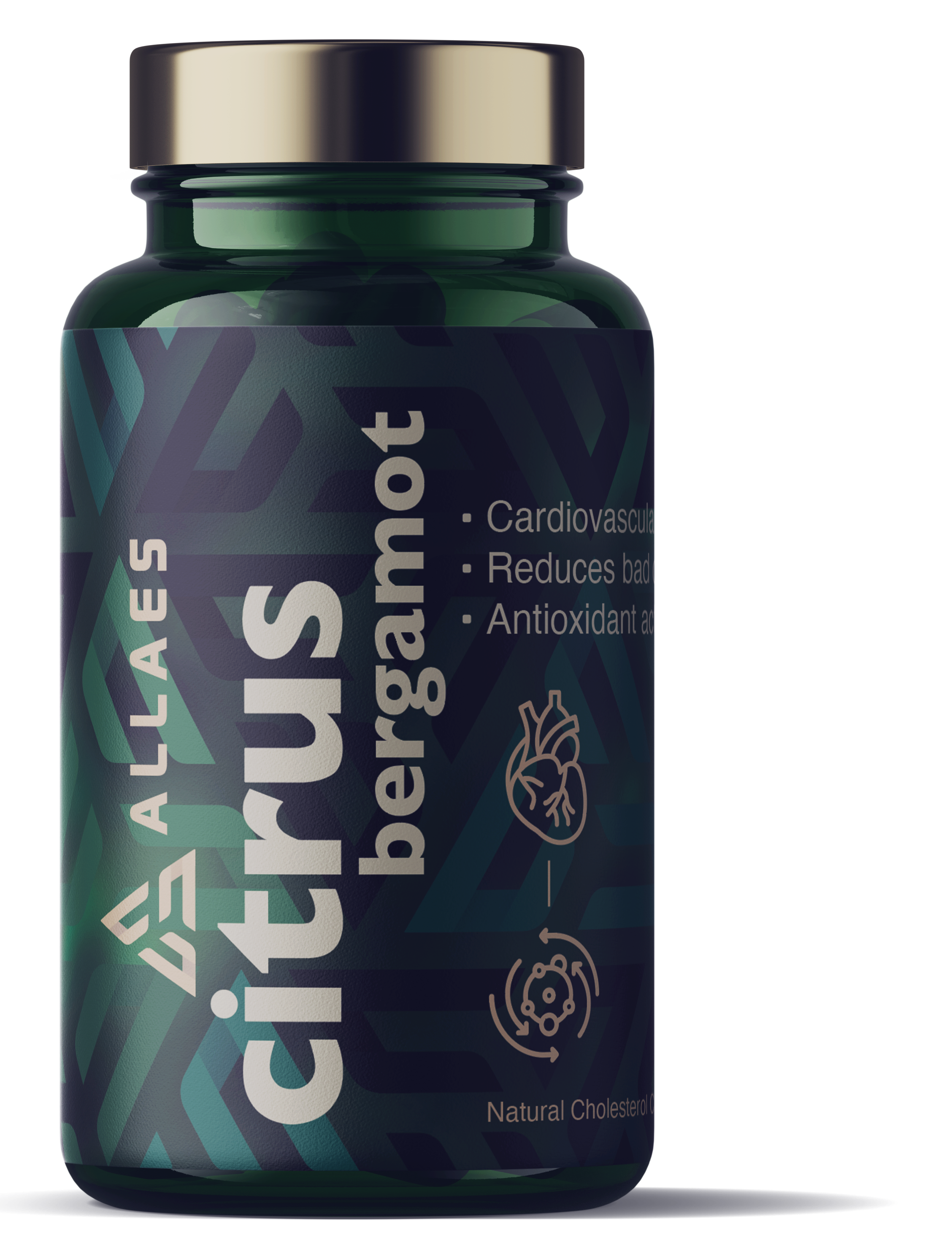
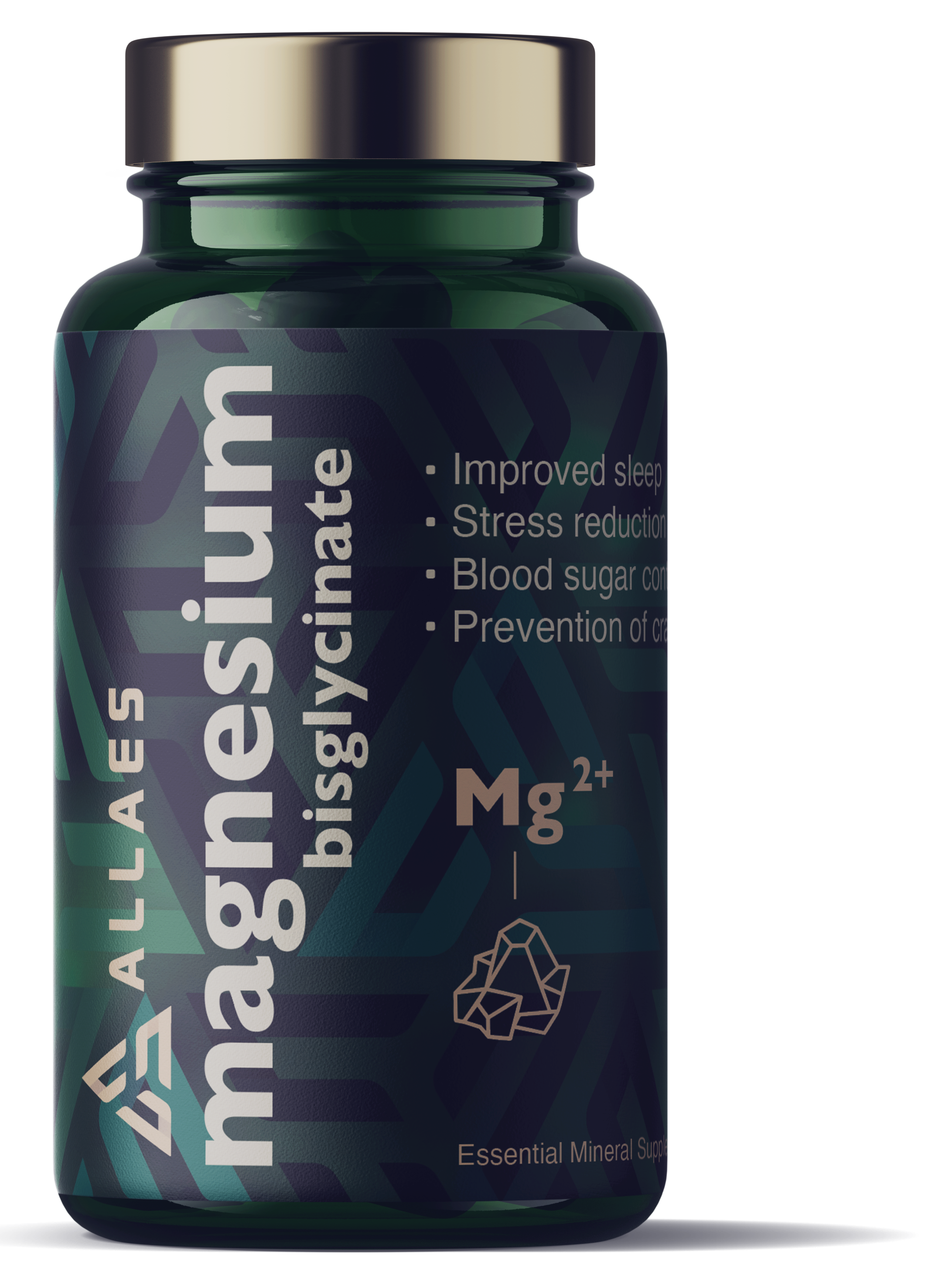
Heart Support, Blood Pressure and Lipid Control
High blood pressure and thickened blood strain the heart, reducing circulation and oxygen delivery to tissues, increasing heart workload and risk of cardiovascular issues.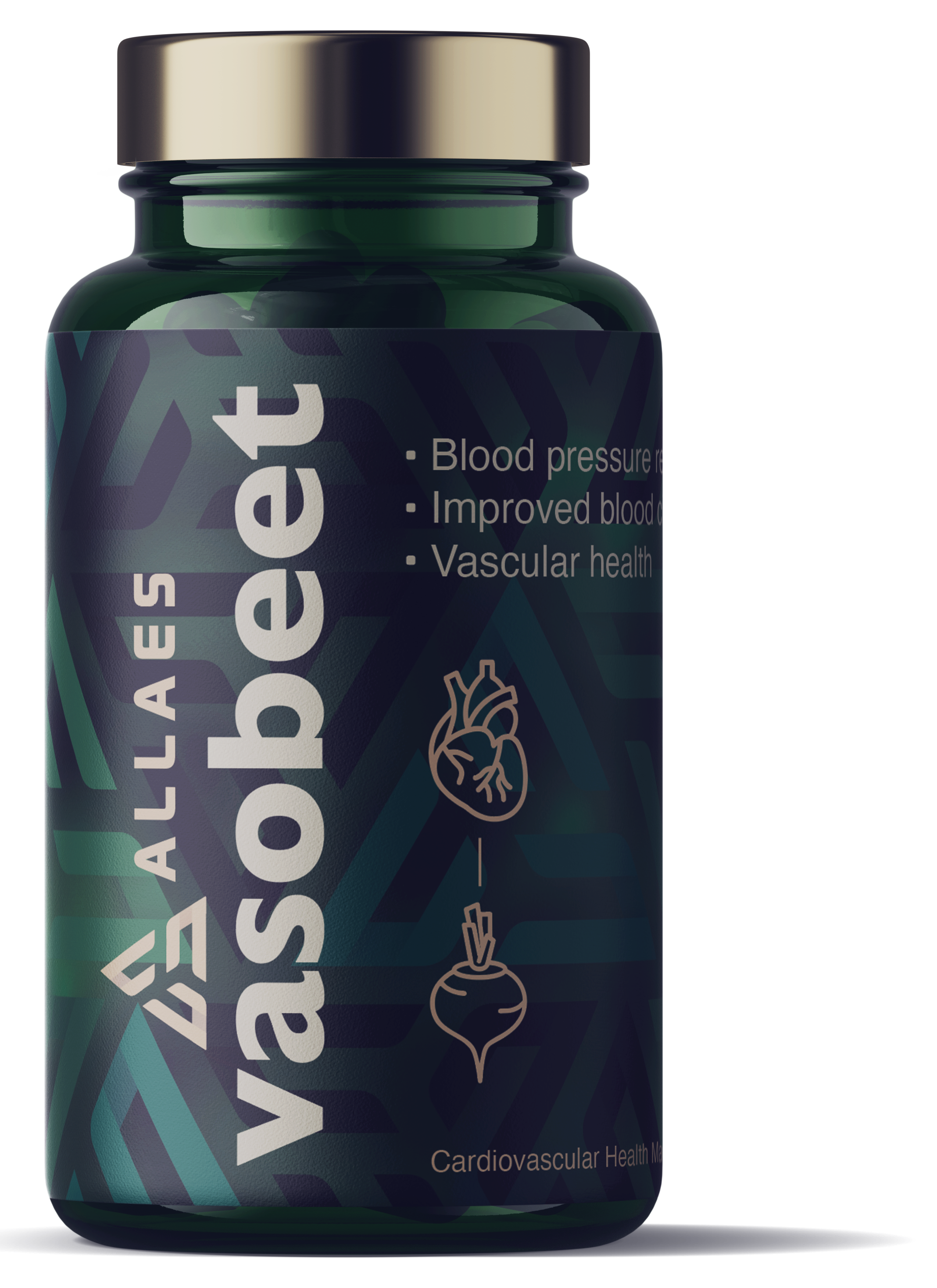
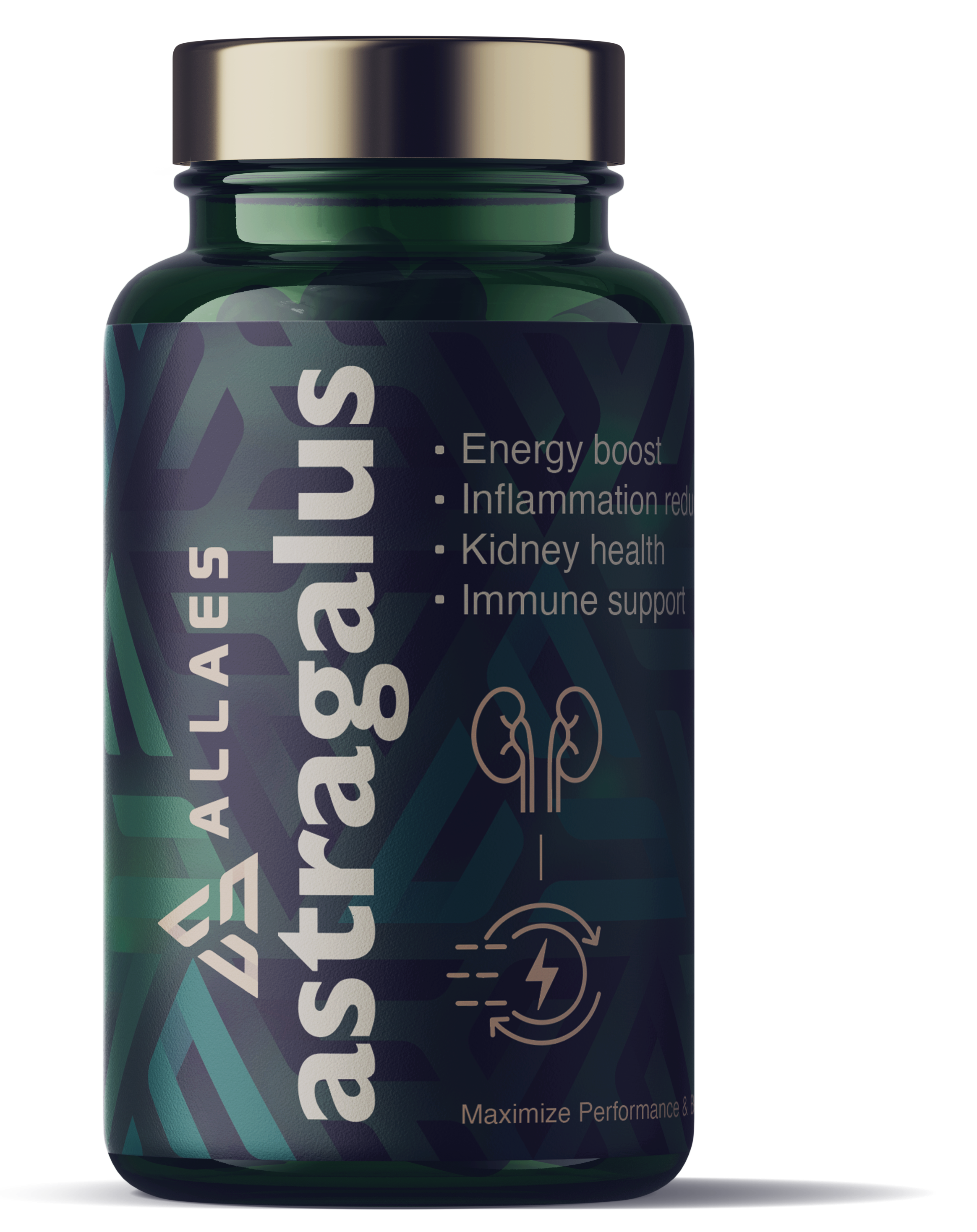
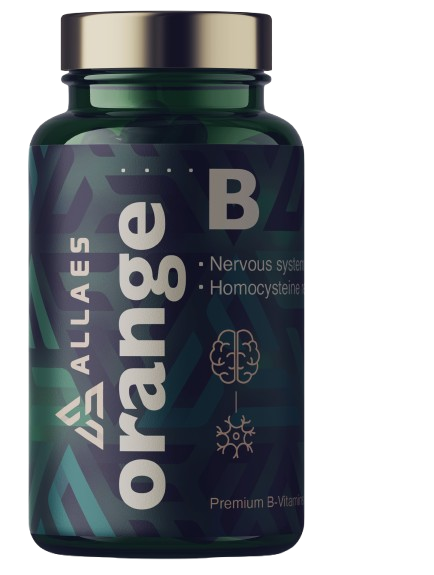
Testosterone, Libido & Erection on PCT
During PCT, low testosterone reduces libido, mood, motivation, and strength, leading to a significant crash in overall well-being.
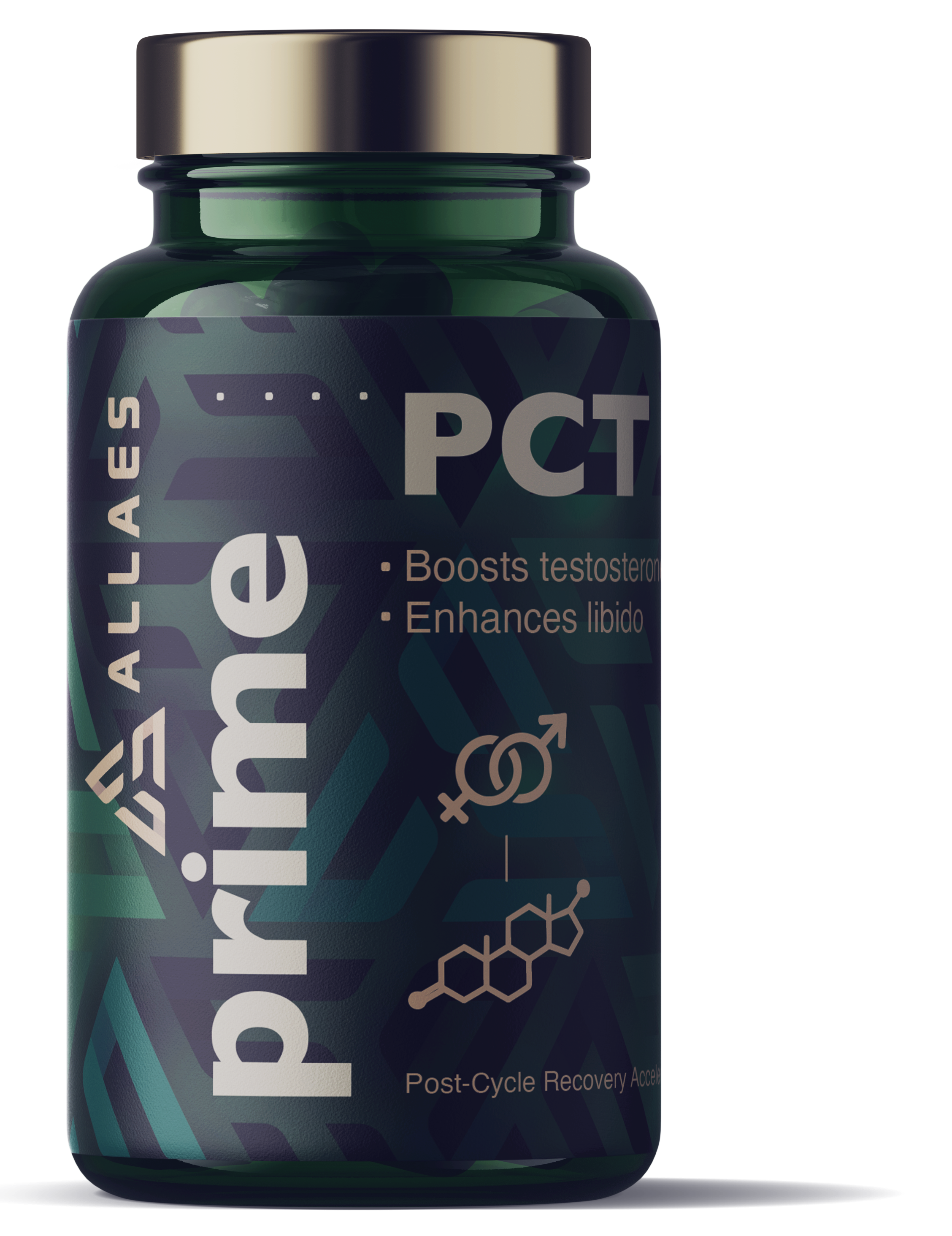
Advanced Liver Support for Enhanced Recovery
An overloaded liver decreases IGF-1 levels, impairing muscle recovery and slowing overall healing processes.
Fight Fatigue, Inflammation, Strengthen Immunity
Chronic immune issues lead to ongoing inflammation, causing persistent fatigue and hindering progress or recovery.

Neuroprotection from Steroids
Anabolic steroid neurotoxicity causes a dopamine crash, leading to cognitive decline, emotional numbness, and mood instability.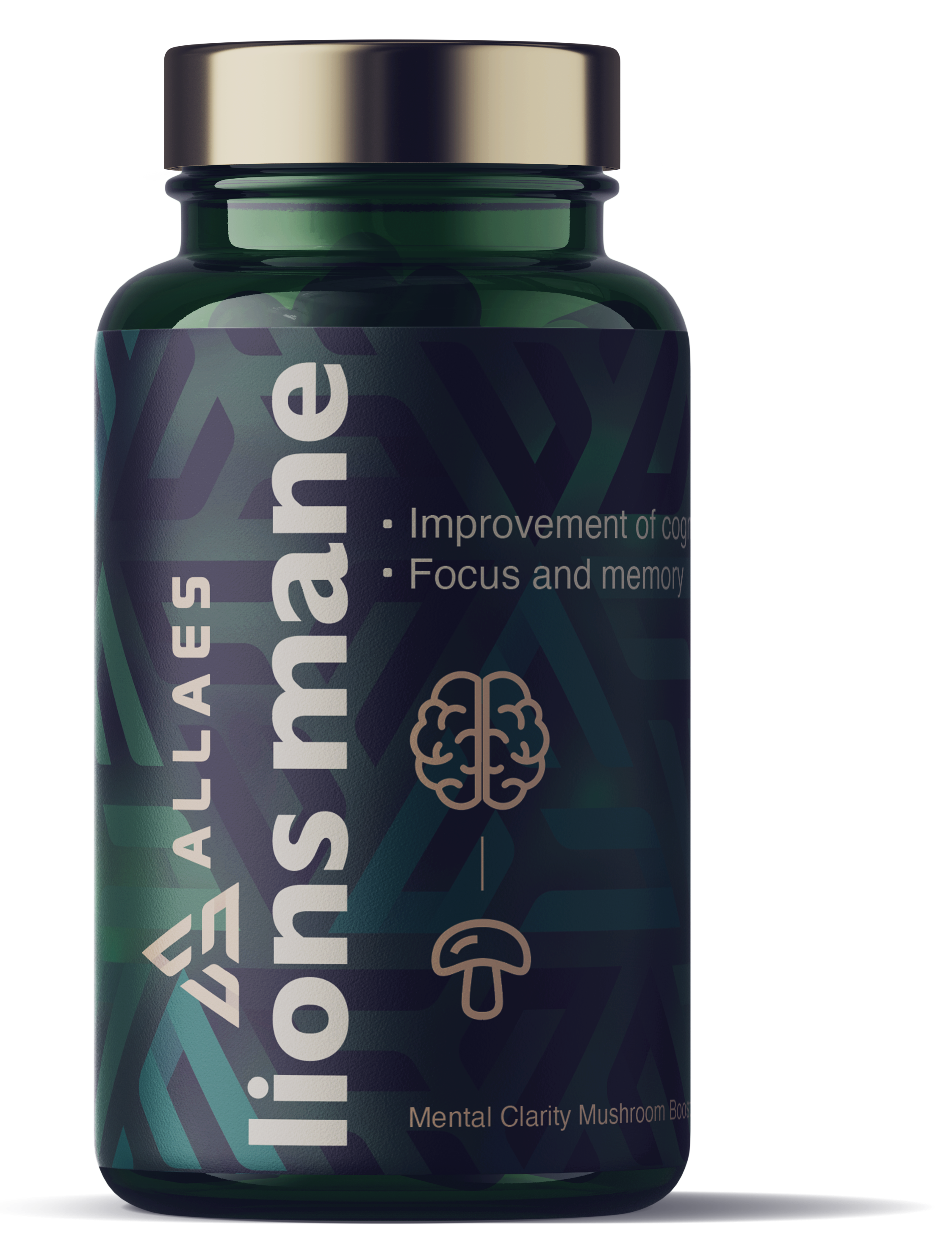
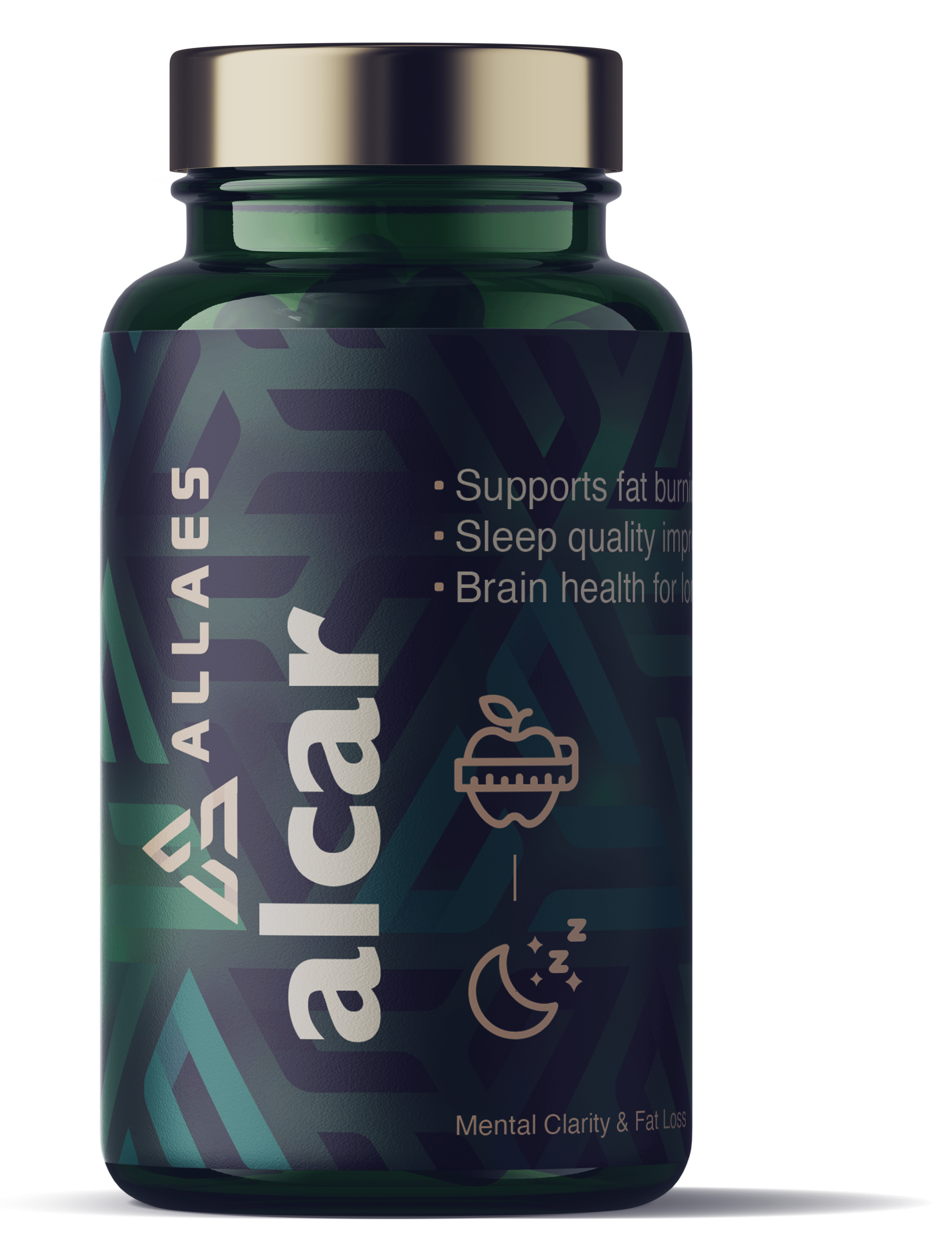
What Are the Side Effects of Anabolic Steroids?
When we talk about steroids, the first things that come to mind are strength, muscle mass, and progress. And that’s true. But along with lean centimeters on your arms comes the other side — the less glamorous one: side effects. And it’s not just about acne or suppressed libido (though those happen too). Steroids affect the entire body, impacting every level of regulation — from brain function to hormone balance, vascular health to cellular energy. It’s an intervention in a system that has evolved for millions of years under natural cycles. The moment you introduce external hormones, the body begins to adapt to a new reality. Here’s how it unfolds:
-
Cardiovascular system. Steroids increase erythropoietin production and red blood cell count — your blood becomes thick, like syrup. Hematocrit and viscosity rise, placing extra strain on the heart. Meanwhile, your lipid profile shifts: HDL (good cholesterol) drops, and LDL (bad cholesterol) rises. That’s a direct path to atherosclerosis and blood pressure spikes.
-
Liver. Especially with oral steroids (dbol, oxandrolone, stanozolol) — these compounds pass through the liver in active form. Hepatocytes (liver cells) take a heavy hit, bile flow is impaired, and ALT/AST levels increase. Cell membranes get damaged, potentially leading to fatty liver disease.
-
CNS and brain. High doses of steroids affect dopamine, GABA, and serotonin levels. You may feel a “rush” — aggression, drive, confidence — but later it flips to anxiety, insomnia, and depression. Steroids also reduce neuroplasticity (especially BDNF in the hippocampus), which leads to poor focus, memory issues, and loss of interest.
-
Digestive system. Steroids can lower production of stomach enzymes, alter gut flora, and cause bloating or irritation. Poor nutrient absorption means your food and your gear aren’t working at full capacity.
-
Immunity and inflammation. Steroids affect not only hormones and muscles, but also the immune system — your defense against viruses, inflammation, and crucial for post-training recovery.
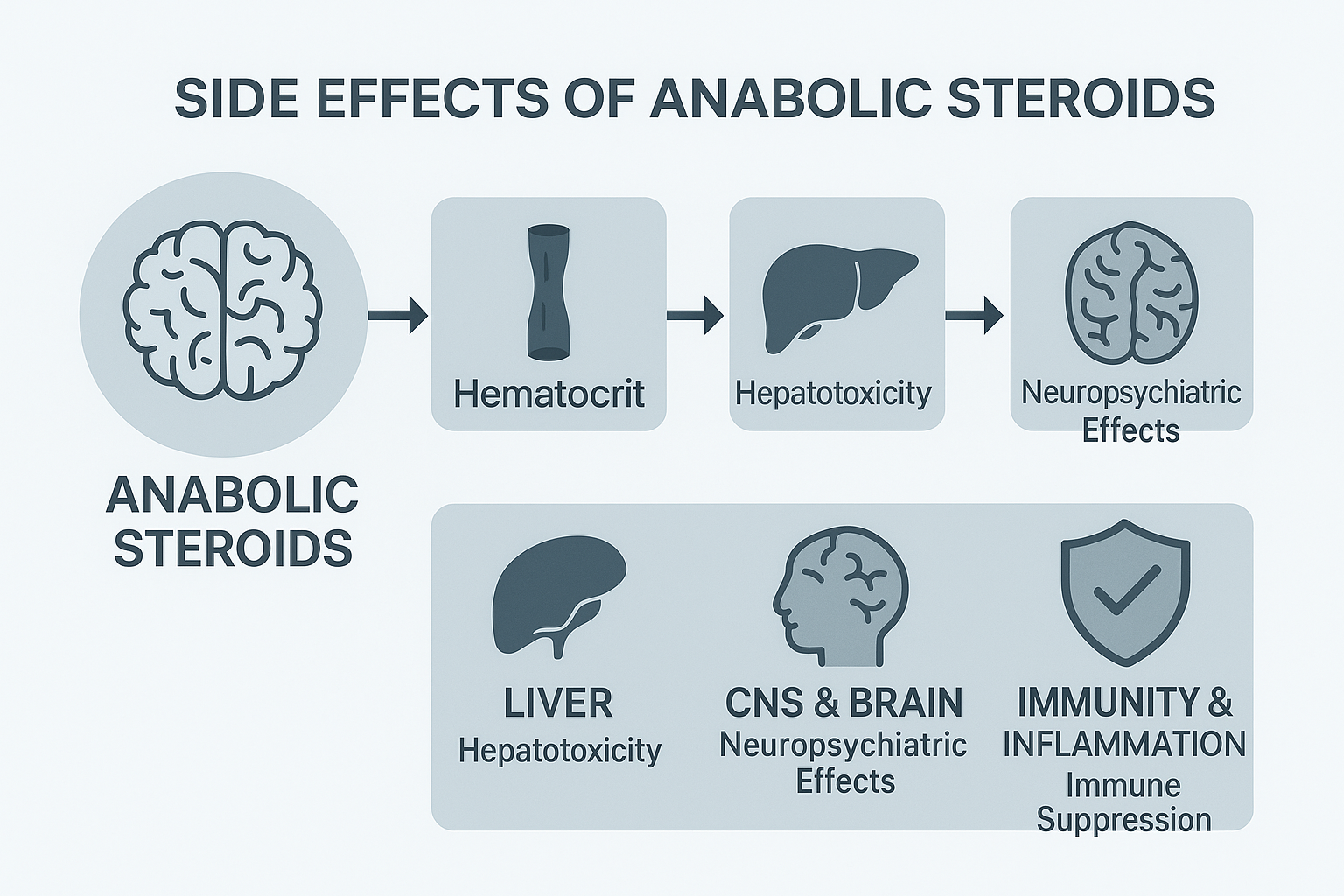
Why It’s Important to Control Side Effects
A steroid cycle isn’t just about gaining mass and strength. It’s a multilayered stressor on the body, where every system — from brain to blood vessels — is under pressure. If you don’t keep the weak links under control, they’ll start to give out. Not suddenly or dramatically — but inevitably. And soon you notice: your mass is growing, but your strength isn’t. The pump is weak, recovery isn’t happening. Sleep is off, blood pressure spikes. Your test is high — but you have zero motivation.
And the reason isn’t usually “not enough gear,” but rather that your body’s resources are being depleted faster than they can recover. You’re putting in money, food, training, and compounds — but the results are slipping through the cracks. Because the body isn’t a machine. You can’t just “fix” it by raising the dose. Even the most well-structured cycle will stop working if you don’t create the internal conditions for adaptation and recovery.
Controlling side effects isn’t overcautious — it’s a requirement for effectiveness, a guarantee of health, and the foundation for long-term progress. Real strength isn’t just about gaining size — it’s about staying in shape for years. Not just two cycles — but a decade in the game.
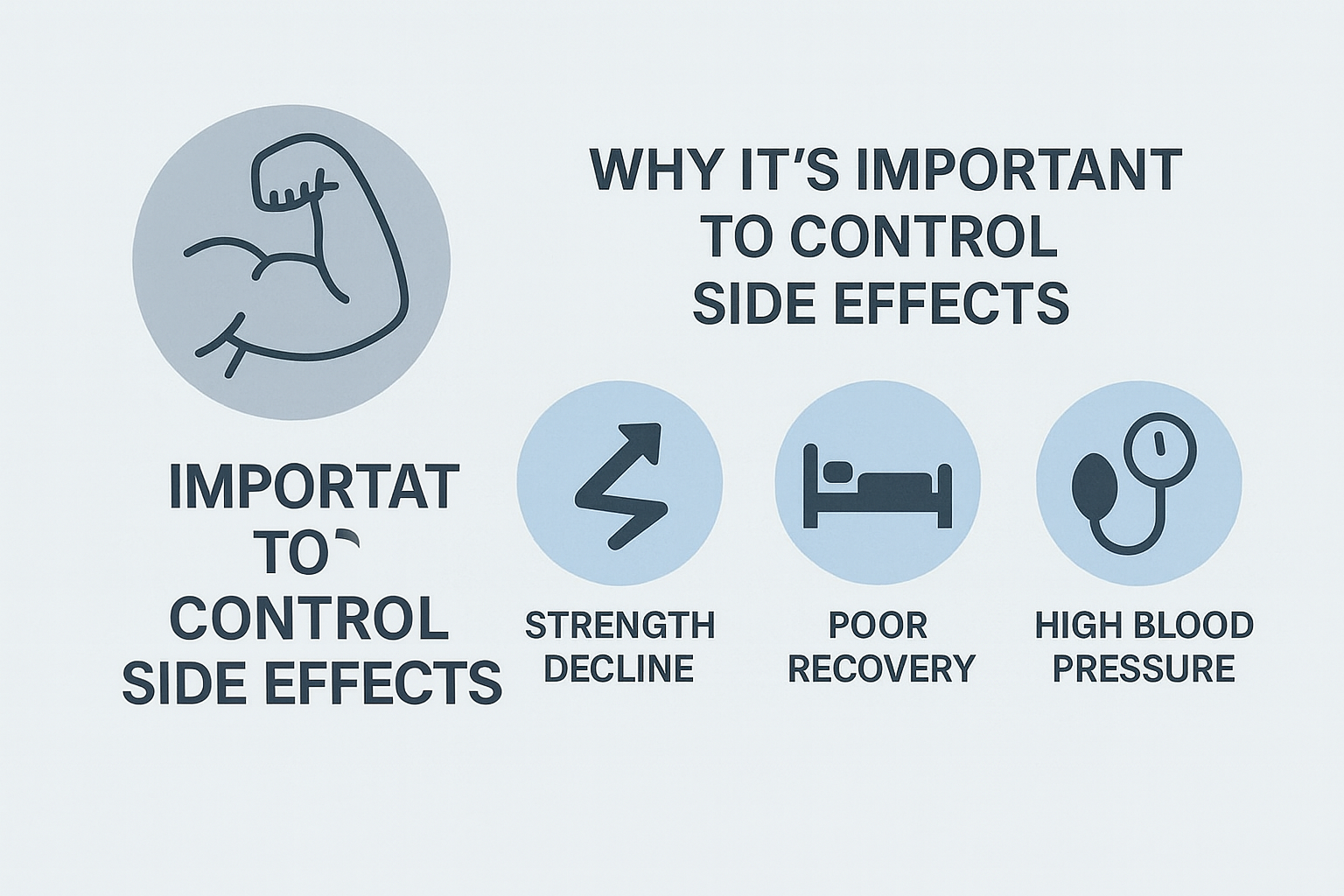
Don’t Ignore Supplements If You Want to Grow
Not long ago, the sports community was skeptical about supplements. During cycles, athletes mainly relied on hard pharmacology: AAS for growth, anti-estrogens to avoid bloating, statins and blood pressure meds when necessary. Nutraceuticals were seen as secondary — nice to have, but not essential.
Today, that picture has changed — and not just in theory, but in practice. Recent studies, real-world observation, and athlete experience have shown that smart use of nutraceuticals doesn’t just “smooth out side effects” — it improves the overall quality of the cycle. The shift in approach is fundamental. Pharmaceuticals are emergency tools. They act fast, often by forcefully suppressing natural mechanisms — and frequently add toxicity of their own. Aromatase inhibitors, for example, can crash estrogen entirely, disrupting hormonal balance. Statins can burden the liver. Even common painkillers, when used frequently, can damage the gut and the CNS.
Nutraceuticals, on the other hand, act gently, physiologically, gradually. They don’t mask symptoms — they support function. Instead of shutting systems down, they help them adapt. This is especially important during steroids cycles, when almost every system in the body is already pushed to its limits. Sure, a supplement won’t kick in within an hour. But with consistent use and the right protocol, the body receives deep, structural support — enzyme systems are restored, hormonal responses improve, silent inflammation is reduced. All this happens without additional pharmaceutical load. That’s why more and more athletes — both professionals and advanced amateurs — now build nutraceuticals into every cycle as a core component. They help cover weak spots without heavy artillery, without overloading the liver, heart, or endocrine system.
Common Weak Spots That Kill Progress
Digestive issues → poor absorption → resource deficit
You're eating right and consistently — chicken, rice, whey, supplements. But your digestion is not a passive pipeline. If your enzyme capacity is exceeded, liver is sluggish, and microbiota is off, your body simply can't extract the nutrients you’re consuming. Even the best diet won’t work if it ends up only half-digested. Result: amino acid shortage, micronutrient deficits, low energy availability. Pumps get weaker, immunity drops, sleep worsens. To compensate, you eat more — which further stresses the system. Over time, this leads to chronic bloating, slowed GI motility, and eventually systemic under-recovery. More food ≠ more gains — if you can’t absorb it.
Optimize Digestion for Maximum Grow
Sleep disruption → cortisol → catabolism, fatigue, inflammation
AAS affect the circadian rhythm through the hypothalamic-pituitary-adrenal (HPA) axis. Many athletes report early-morning awakenings, restless sleep, or inability to fall asleep — even with a perfect evening routine. This sleep disruption spikes cortisol, your primary stress hormone. And chronic cortisol elevation means: impaired glucose metabolism, reduced testosterone production, suppressed immunity, and muscle protein breakdown. You may feel “wired but tired” — drained mentally, overactive physically. Progress slows, motivation drops, and inflammation rises silently in the background.
Cortisol Control: Optimize Sleep, Restore Your CNS
High blood pressure, thick blood → poor circulation, heart overload
Most AAS increase erythropoiesis — red blood cell production. This boosts endurance and vascularity, but also thickens the blood. Hematocrit rises, and so does blood pressure. This taxes the heart and limits capillary flow — the very system that delivers oxygen and nutrients to muscle tissue. You may feel a tight skull pressure, nagging headaches, or shortness of breath after mild effort. These are not “just side effects” — they’re signs your cardiovascular system is under strain. Poor perfusion means slower recovery, weaker pumps, and increased cardiac load — even at rest.
Heart Support, Blood Pressure and Lipid Control
Low libido during PCT → mood, motivation, and strength crash
Coming off a cycle is not just about restarting testosterone. It's about recovering the entire neuroendocrine axis. Often, total T may normalize, but libido stays flat. Why? Because androgen receptors, dopamine tone, and neurosteroid balance are still in disarray. Without support, this can lead to emotional numbness, anhedonia, and zero drive — sexual or athletic. When combined with SERMs like enclomiphene, testosterone-boosting supplements can help reignite natural output and sensitivity. This softens the crash, restores mood and energy, and makes PCT more than just “a waiting game.”
Testosterone, Libido & Erection on PCT
Overloaded liver → low IGF-1 → weak recovery
Your liver doesn’t just clear toxins — it produces IGF-1, the growth mediator of GH. It also metabolizes estrogens, clears ammonia, synthesizes albumin, and balances cholesterol. AAS — especially orals — place massive strain on liver function. When hepatic capacity is compromised, IGF-1 drops — even if GH levels are fine. Protein synthesis slows, muscle repair lags, and systemic inflammation rises. You’re injecting the right compounds, eating the right food, but results feel “muted.” Often, the real bottleneck isn’t the cycle — it’s the liver.
Advanced Liver Support for Enhanced Recovery
Immune issues → chronic inflammation → fatigue and regression
Cycles often suppress the immune system. T-cell activity drops, IgA decreases, microbiome shifts. This weakens your resistance and increases systemic inflammation. Your body is constantly fighting — even if you’re not sick. Joints ache, muscles feel heavy, fatigue rises. It’s called subclinical inflammation — it steals your recovery silently, but consistently. The activity of T-cells and NK-cells decreases. These are the key fighters of the immune system. T-cells destroy infected cells, and NK-cells (natural killers) patrol the body and eliminate potential threats — viruses, abnormal cells, etc. Levels of immunoglobulins (IgA), which form the first line of defense against colds, GI infections, and external microbes, also drop. Meanwhile, levels of pro-inflammatory cytokines rise. These signaling molecules trigger inflammation and are necessary for injuries and infections, but during a cycle, their levels may spike without reason.
Fight Fatigue, Inflammation, Strengthen Immunity
Neurotoxicity from AAS → dopamine crash, cognitive decline, emotional flatness
Anabolic steroids don’t just grow muscle — they also remodel your brain. High-dose AAS (especially nandrolone, trenbolone, and methylated orals) lower BDNF — the brain’s key growth factor. They impair dopamine receptor sensitivity, disrupt mitochondrial function in neurons, and shrink the hippocampus. The result? Slower thinking, loss of drive, emotional numbness, even anhedonia. You train hard, look strong, but feel detached — like the spark is gone. That’s not burnout — that’s neurotoxicity creeping in. And without proactive neuroprotection, each cycle makes it harder to recover your mental edge.
Neuroprotection from Steroids

